Ataija Cream Limestone
 Portugal
(São Vicente de Aljubarrota, Alcobaca, Estremadura)
Portugal
(São Vicente de Aljubarrota, Alcobaca, Estremadura)
Ataija Cream Limestone is a fine grain, cream-mocha beige glassy material with darker and golden shades sedimentary rock.
PHISICAL- PHISICAL-MECHANICAL PROPERTIES MECHANICAL PROPERTIES MECHANICAL PROPERTIES
Compression Breaking Load: 1330 Kg/cm2
Compression B.L. after Freezing Test: 1290 Kg/cm2
Bending Strength: 100 Kg/cm2
Volumetric Weigth: 2660 Kg/m3
Water Absorption: 0,5 %
Apparent Porosity: 1,7 %
Thermal Linear Expansion Coefficient: 3,6 10^6 per oC
Abrasion Test: 2,4 mm
Impact Test: 30 cm
Freeze-Defreeze cycles (no alteration after): 96 cycles
MICROSCOPIC PROPERTIES MICROSCOPIC PROPERTIES
Calcite: ~99 % Quartz: vest
CHEMICAL ANALYSIS CHEMICAL ANALYSIS
Al2O3: 0,50%
CaO: 54,90%
CO2: 43,34%
Fe2O3: 0,18%
K2O: 0,03%
MgO: 0,24%
Na2O: 0,03%
P.R.: 43,36%
SiO2: 0,74%

Can Portugal's Ataija Cream Limestone be used exterior applications in very humid climates?

Can Portugal's Ataija Cream Limestone be used outdoors?

Can Portugal's Ataija Cream Limestone be used in floor coverings?

What grade is Portugal's Ataija Cream Limestone?

How thick is Portugal's Ataija Cream Limestone slabs?

What is the coefficient of friction of Pickled Portugal's Ataija Cream Limestone tiles?

Is Portugal's Ataija Cream Limestone an expensive stone?

Can Portugal's Ataija Cream Limestone be used in a dining room?

Are there color variations of Portugal's Ataija Cream Limestone?
-

 Portugal
Portugal
 10YRDiamond members are premium members on platform, providing members with comprehensive approach to promoting their products, increasing products exposure and investment return to maximize.
10YRDiamond members are premium members on platform, providing members with comprehensive approach to promoting their products, increasing products exposure and investment return to maximize.
 Verified Supplier is for prove company authenticity,including business license,trade license and effective office space,to enhance buyers' trust to suppliers and their products, reducing communication costs.
Verified Supplier is for prove company authenticity,including business license,trade license and effective office space,to enhance buyers' trust to suppliers and their products, reducing communication costs.
Contact Supplier
-

-

 Portugal
Portugal
Contact Supplier
-

-

-

-

-

-

Xiamen Asian Stone Imp.& Exp. Co.,Ltd.
 China
China
 13YRDiamond members are premium members on platform, providing members with comprehensive approach to promoting their products, increasing products exposure and investment return to maximize.
13YRDiamond members are premium members on platform, providing members with comprehensive approach to promoting their products, increasing products exposure and investment return to maximize.
 Verified Supplier is for prove company authenticity,including business license,trade license and effective office space,to enhance buyers' trust to suppliers and their products, reducing communication costs.
Verified Supplier is for prove company authenticity,including business license,trade license and effective office space,to enhance buyers' trust to suppliers and their products, reducing communication costs.
Contact Supplier
-

The request includes: 1. surface finished, size 2. quantity required






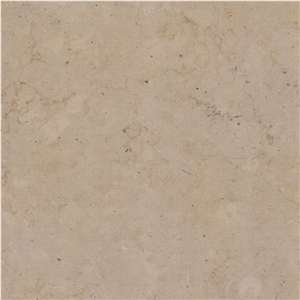
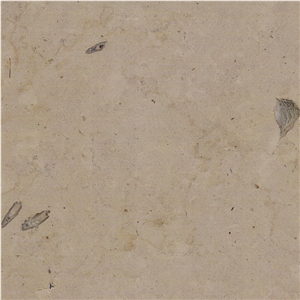
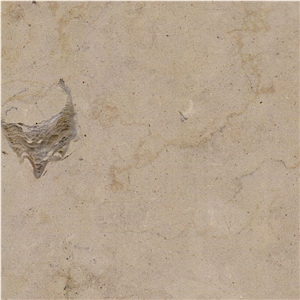
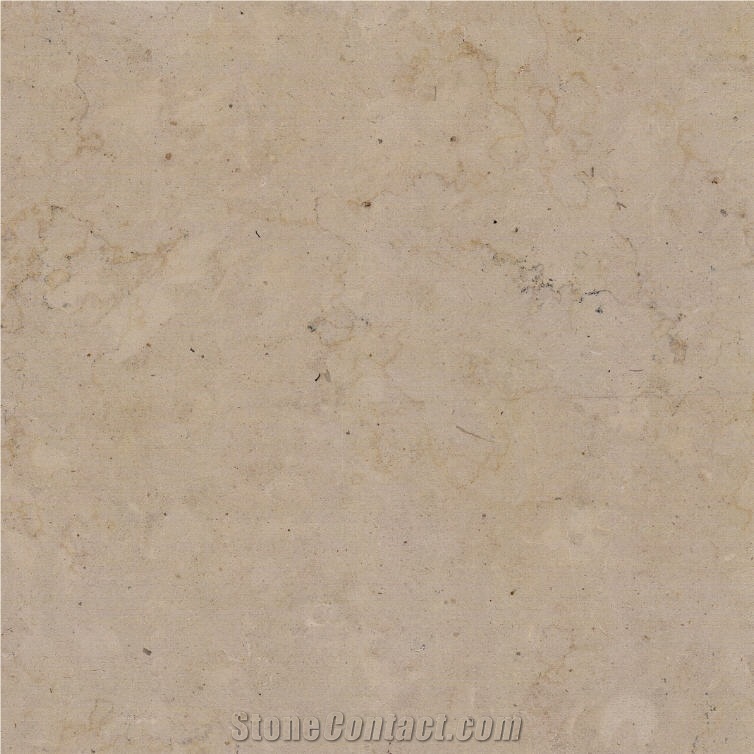
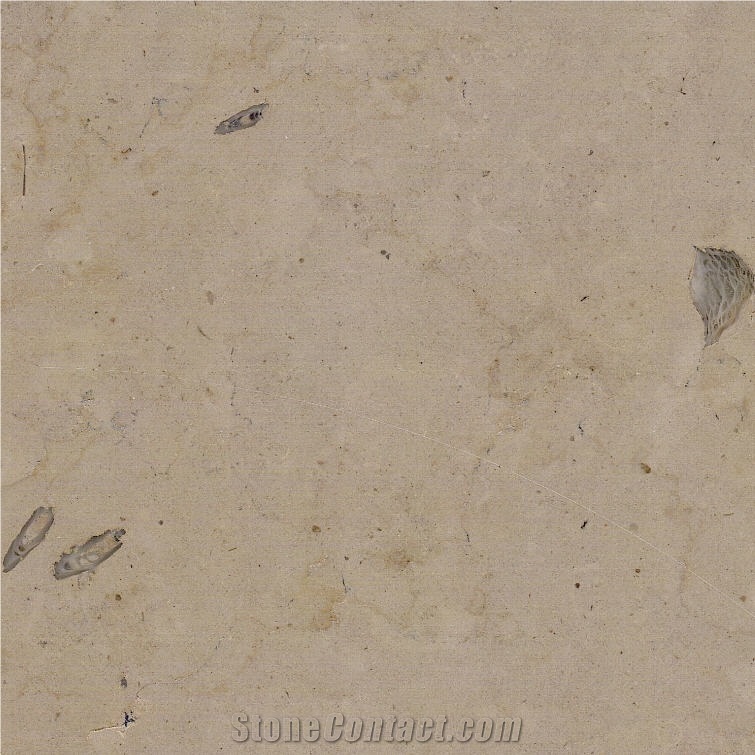
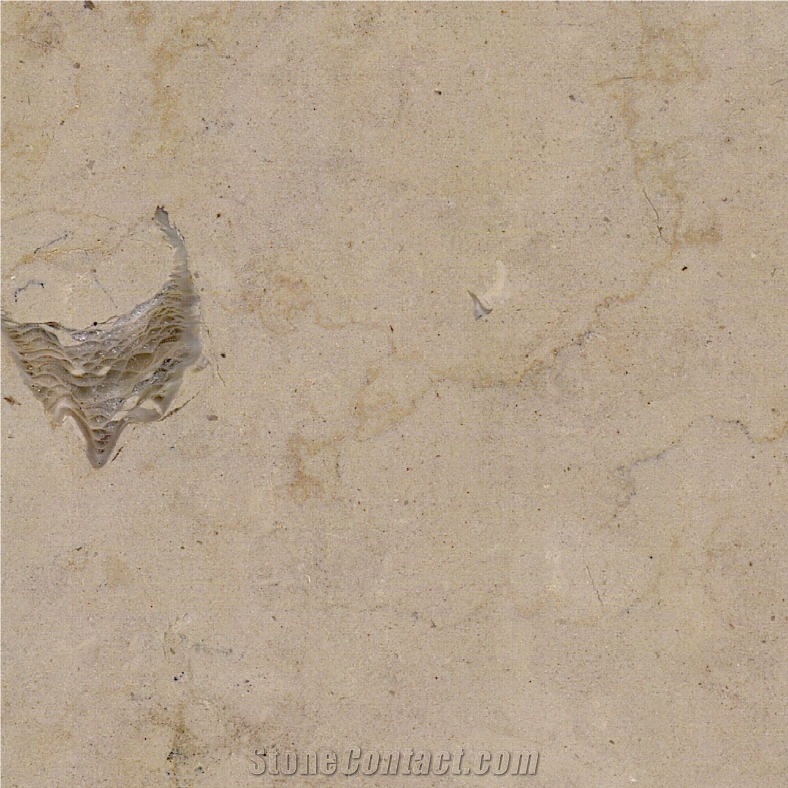
 United Kingdom
United Kingdom